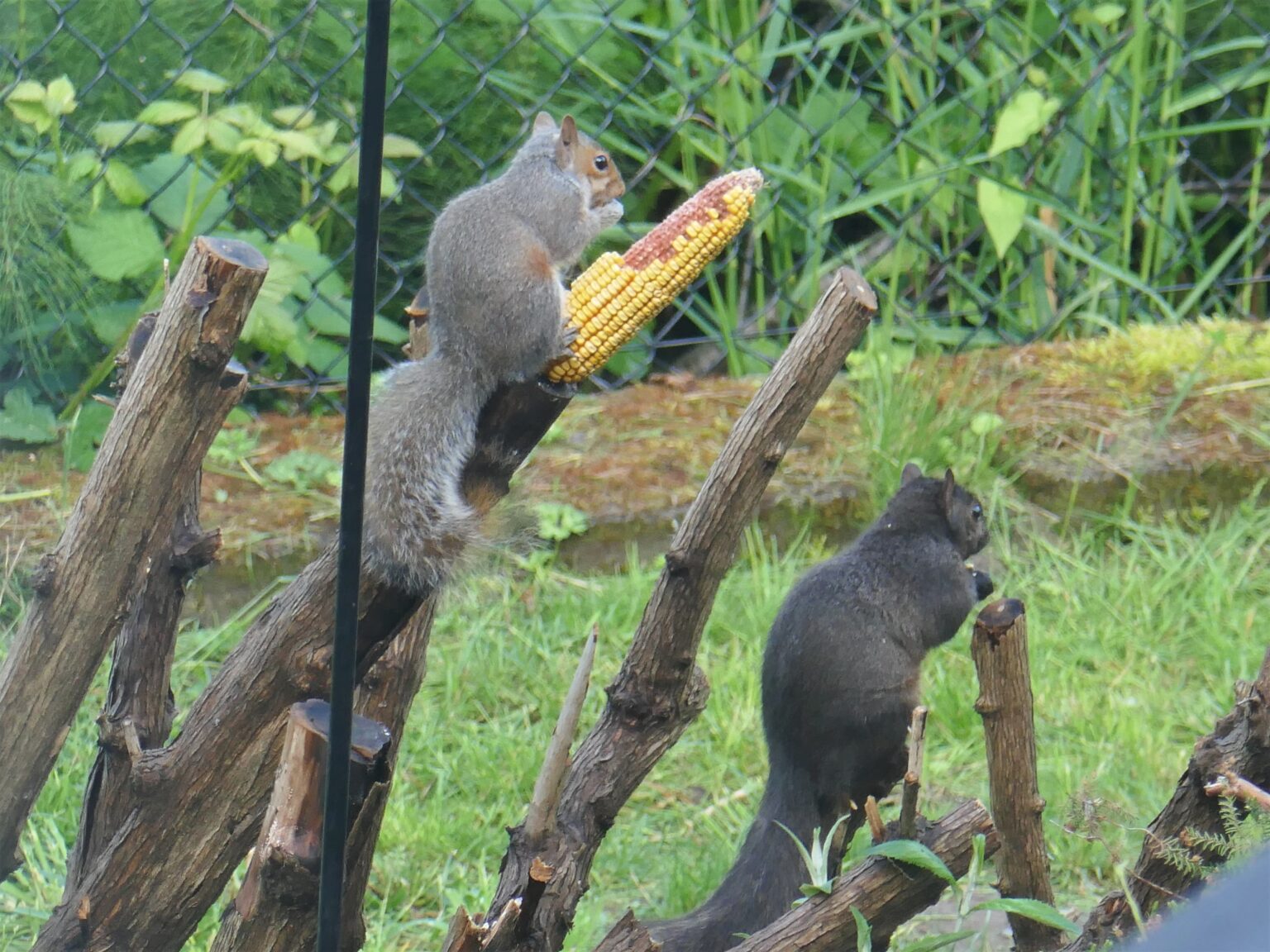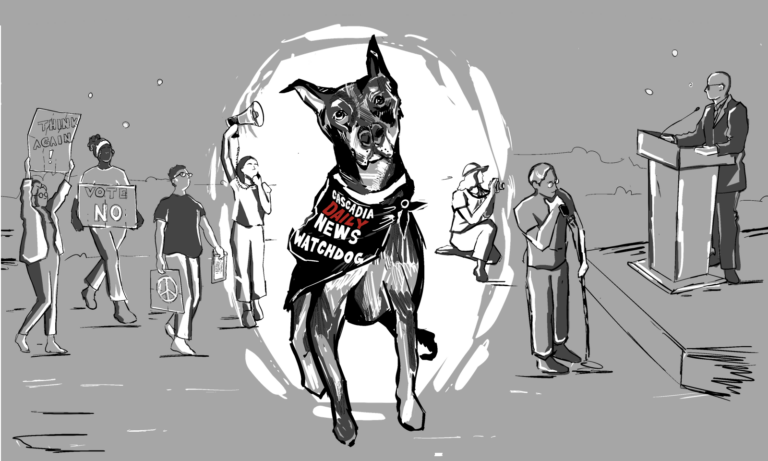You’re a freshman at Western Washington University, finally settling into your cozy dorm room after a stressful move-in weekend. You decide to head over to the dining hall to grab some grub. As you step outside, a sudden shadow flies across your peripheral, latches onto an adjacent tree and climbs out of sight.
Was that a black squirrel?
Do those even exist?
They do, indeed. The black squirrels you see around Bellingham and southern regions of Canada are actually a melanistic subgroup of the Eastern gray squirrel, introduced to Washington state in the early 1900s.
Melanism is the opposite of albinism, and these squirrels were born with a variation of a specific gene resulting in their near, or completely, black fur. Their population dominance in Bellingham is still unknown and may be attributed to natural selection, despite melanism’s rare occurrence in such mammals.
WTD runs on Wednesdays. Have a suggestion for a “What’s the Deal With?” inquiry? Email us at newstips@cascadiadaily.com.




